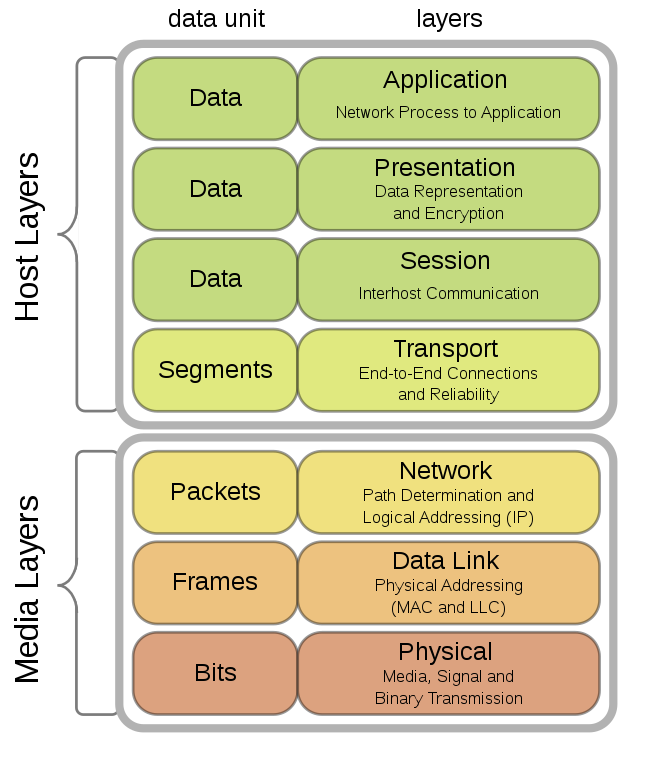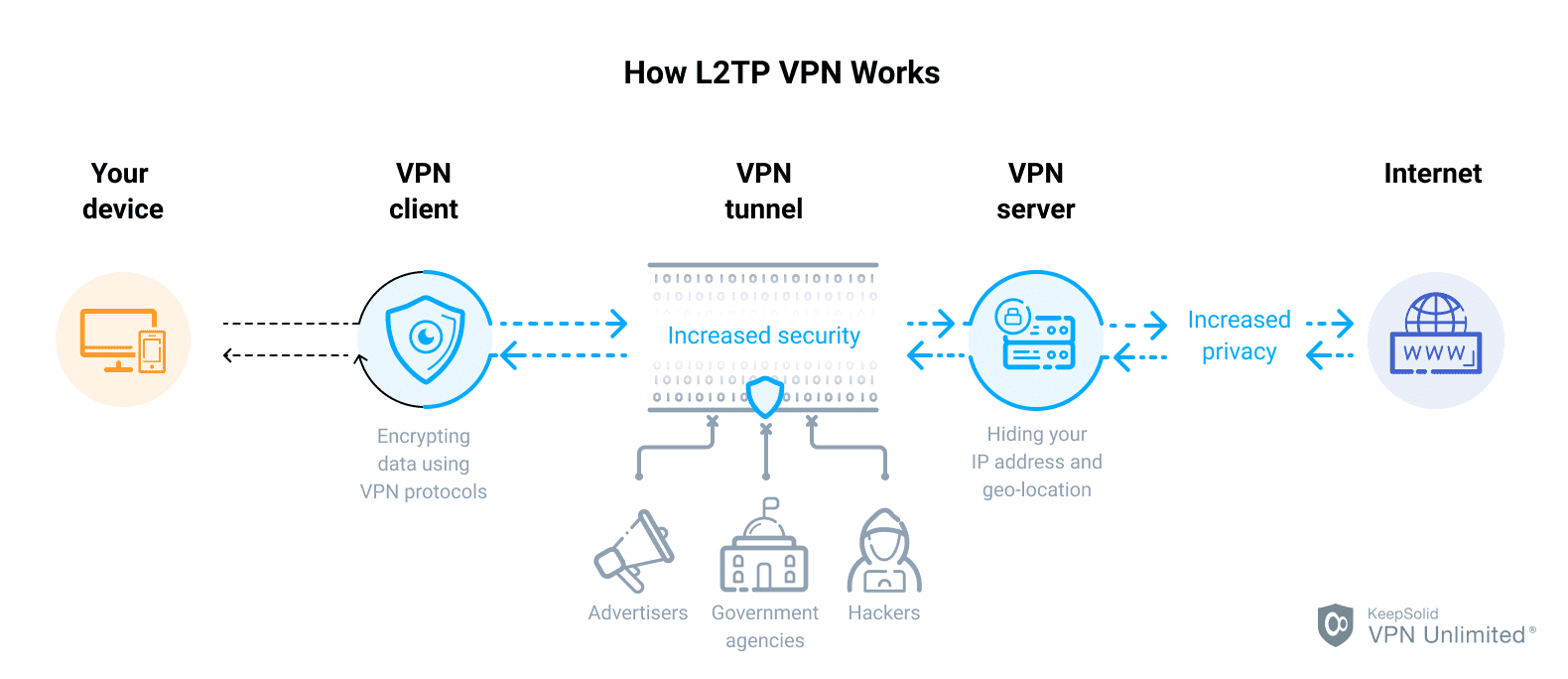Featured
Table of Contents
7 Common Vpn Protocols Explained And Compared
IPsec confirms and secures information packets sent out over both IPv4- and IPv6-based networks. IPsec protocol headers are found in the IP header of a packet and specify how the information in a package is handled, including its routing and delivery across a network. IPsec includes a number of components to the IP header, including security details and one or more cryptographic algorithms.

ISAKMP is defined as part of the IKE protocol and RFC 7296. It is a structure for crucial establishment, authentication and settlement of an SA for a safe and secure exchange of packets at the IP layer. Simply put, ISAKMP defines the security criteria for how 2 systems, or hosts, interact with each other.
They are as follows: The IPsec process begins when a host system recognizes that a packet requires defense and needs to be sent utilizing IPsec policies. Such packets are thought about "interesting traffic" for IPsec purposes, and they activate the security policies. For outgoing packets, this suggests the proper encryption and authentication are applied.
How Does Vpn (Ipsec) Work?
In the second action, the hosts utilize IPsec to work out the set of policies they will utilize for a protected circuit. They also verify themselves to each other and set up a safe channel between them that is used to negotiate the way the IPsec circuit will encrypt or validate information sent across it.

After termination, the hosts dispose of the personal secrets utilized during data transmission. A VPN essentially is a private network executed over a public network. Anybody who links to the VPN can access this private network as if directly linked to it. VPNs are typically utilized in organizations to enable staff members to access their corporate network from another location.
Generally utilized between secured network gateways, IPsec tunnel mode makes it possible for hosts behind one of the gateways to interact firmly with hosts behind the other gateway. For example, any users of systems in an enterprise branch office can safely get in touch with any systems in the primary workplace if the branch office and main office have protected gateways to function as IPsec proxies for hosts within the particular workplaces.
- Overview Of Ipsec -
IPsec transport mode is utilized in cases where one host requires to communicate with another host. The two hosts work out the IPsec circuit straight with each other, and the circuit is typically taken down after the session is total. A Protected Socket Layer (SSL) VPN is another technique to securing a public network connection.
With an IPsec VPN, IP packages are secured as they take a trip to and from the IPsec gateway at the edge of a private network and remote hosts and networks. An SSL VPN protects traffic as it moves in between remote users and an SSL entrance. IPsec VPNs support all IP-based applications, while SSL VPNs just support browser-based applications, though they can support other applications with custom development.
See what is best for your company and where one type works best over the other.
What Is The Ikev2/ipsec Vpn Protocol? How Does It Work?
Finally, each IPsec endpoint confirms the identity of the other endpoint it desires to interact with, making sure that network traffic and information are only sent out to the desired and permitted endpoint. Despite its terrific energy, IPsec has a couple of concerns worth discussing. Direct end-to-end interaction (i. e., transmission technique) is not constantly available.
The adoption of different regional security policies in massive distributed systems or inter-domain settings may pose extreme concerns for end-to-end communication. In this example, assume that FW1 needs to inspect traffic material to find intrusions which a policy is set at FW1 to reject all encrypted traffic so as to implement its content inspection requirements.
Users who utilize VPNs to remotely access a personal service network are put on the network itself, providing the very same rights and operational abilities as a user who is connecting from within that network. An IPsec-based VPN might be developed in a variety of methods, depending on the needs of the user.
Ipsec
Because these components might originate from different suppliers, interoperability is a must. IPsec VPNs allow smooth access to enterprise network resources, and users do not always require to utilize web access (gain access to can be non-web); it is for that reason a solution for applications that need to automate interaction in both ways.
Its framework can support today's cryptographic algorithms along with more effective algorithms as they appear in the future. IPsec is a mandatory component of Internet Procedure Variation 6 (IPv6), which companies are actively releasing within their networks, and is highly suggested for Internet Protocol Variation 4 (IPv4) applications.
It offers a transparent end-to-end safe and secure channel for upper-layer protocols, and executions do not need modifications to those protocols or to applications. While possessing some downsides associated with its intricacy, it is a fully grown protocol suite that supports a range of encryption and hashing algorithms and is highly scalable and interoperable.
1. Define Ipsec? 2. What Ipsec Used For? 3. What Are The ...
Like VPNs, there are many methods an Absolutely no Trust model can be executed, however solutions like Twingate make the procedure considerably easier than needing to wrangle an IPsec VPN. Contact Twingate today to discover more.

IPsec isn't the most typical internet security procedure you'll utilize today, but it still has a crucial role to play in securing internet communications. If you're using IPsec today, it's most likely in the context of a virtual personal network, or VPN. As its name indicates, a VPN creates a network connection in between two devices over the general public web that's as secure (or nearly as safe) as a connection within a personal internal network: probably a VPN's many widely known usage case is to enable remote staff members to access protected files behind a corporate firewall as if they were working in the office.
For most of this post, when we state VPN, we suggest an IPsec VPN, and over the next numerous areas, we'll discuss how they work. A note on: If you're looking to establish your firewall software to permit an IPsec VPN connection, make sure to open UDP port 500 and IP ports 50 and 51.
Ipsec - Wikipedia

When this has actually all been set, the transportation layer hands off the data to the network layer, which is primarily managed by code operating on the routers and other elements that make up a network. These routers choose the route specific network packages take to their destination, however the transport layer code at either end of the communication chain does not need to understand those details.
On its own, IP doesn't have any built-in security, which, as we kept in mind, is why IPsec was established. Today, TLS is developed into practically all browsers and other internet-connected applications, and is more than enough security for everyday web usage.
That's why an IPsec VPN can include another layer of defense: it includes protecting the packets themselves. An IPsec VPN connection starts with facility of a Security Association (SA) in between 2 communicating computers, or hosts. In basic, this involves the exchange of cryptographic keys that will allow the celebrations to encrypt and decrypt their interaction.
Latest Posts
Best Vpns For Remote Workers & Freelancers In 2023
Nordvpn: Vpn Fast & Secure 4+ - App Store
The Best Vpns For Small Business 2023 - All About Cookies